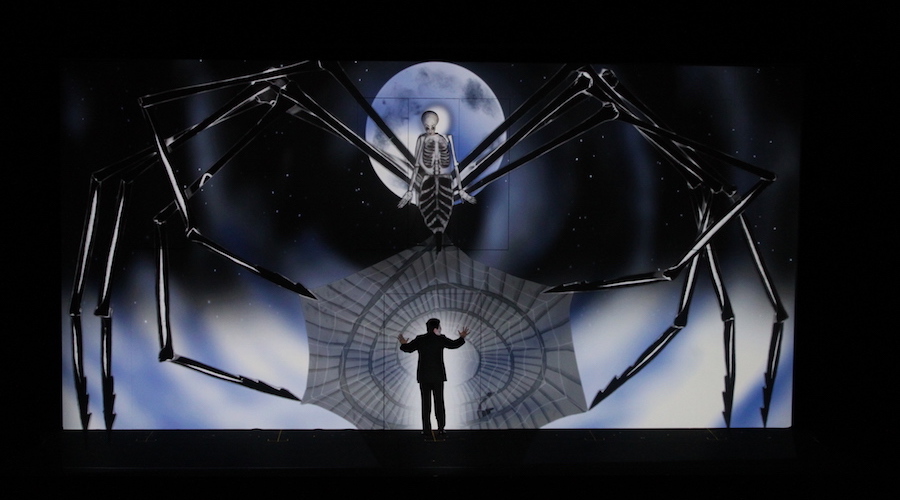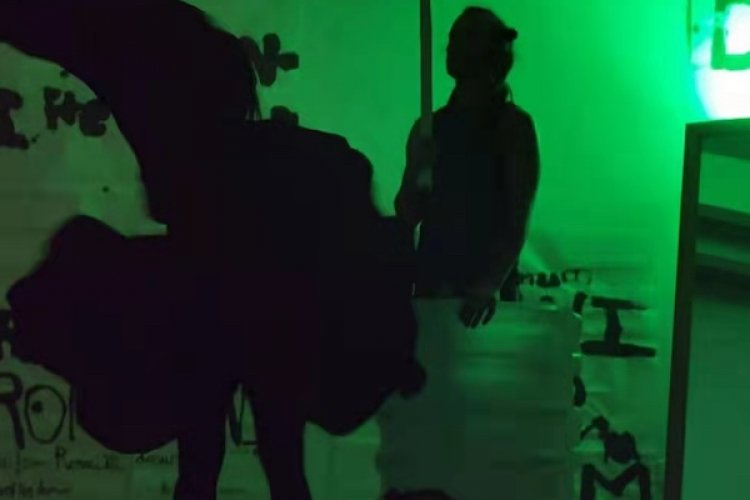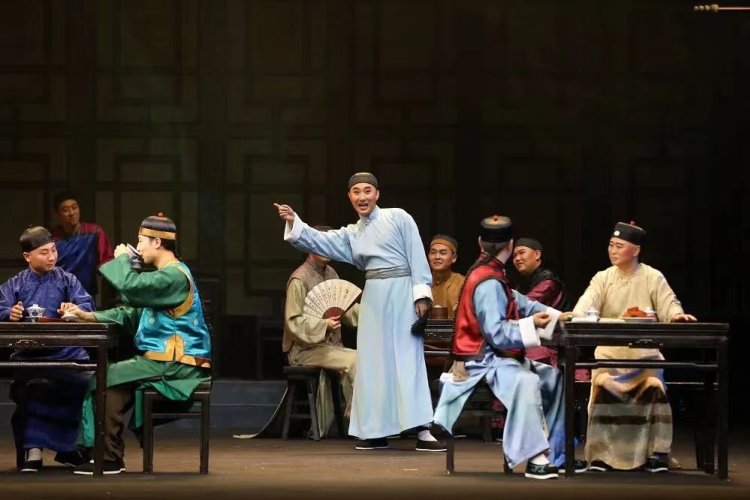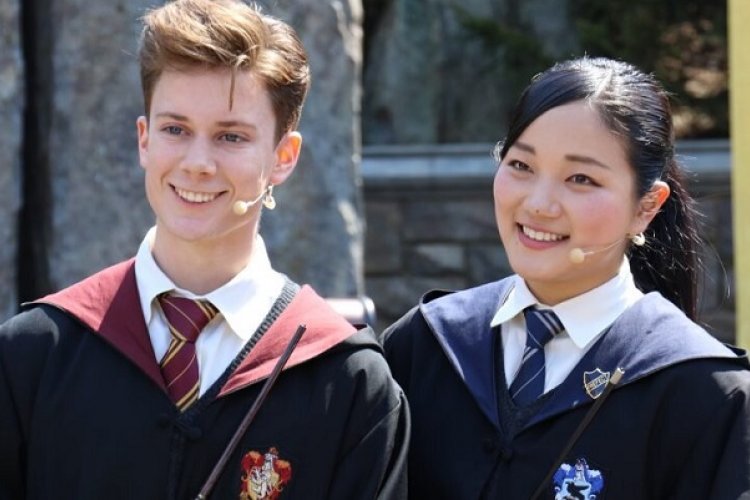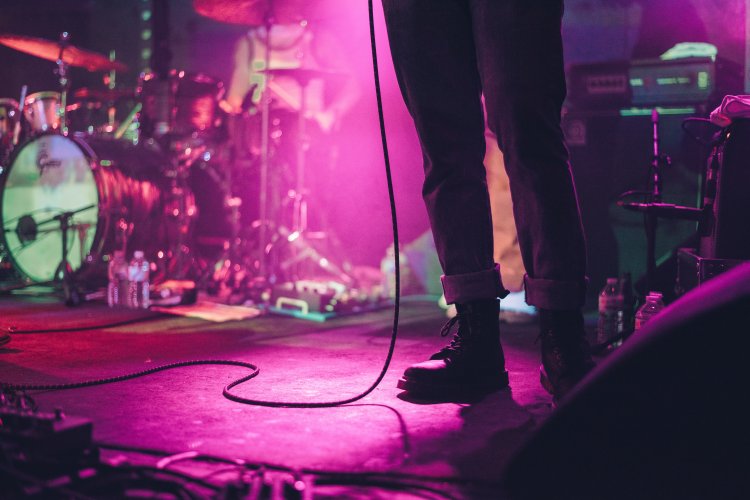Be Transported to an Enchanted World by 1927’s and Komische Oper Berlin’s 'The Magic Flute,' Jul 21-23
Be prepared to experience Mozart’s fairytale opera The Magic Flute (Chinese) as you have never seen it before. British theater group 1927 and Barrie Kosky, Artistic Director of the Komische Oper Berlin, have transformed the opera into a whimsical animated and live action production in the style of a silent movie. A celebration of true love conquering all, The Magic Flute transports the audience into an enchanted world where good faces the forces of darkness.
The production has created a furore not just in Berlin, but in Los Angeles, Edinburgh, and Madrid, among others. Now, the production is being brought to Beijing for the first time, to be staged Tianqiao Performing Arts Center from July 21-23.
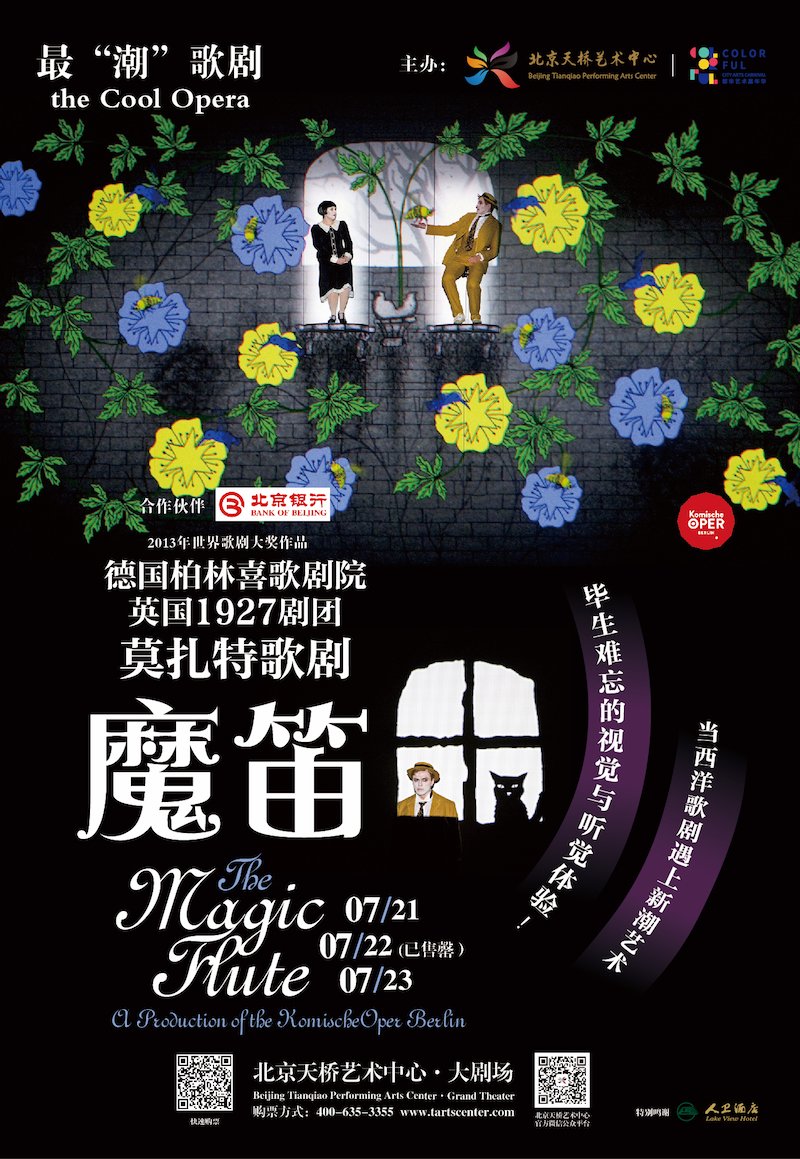
The London-based performance company, 1927, specializes in combining performance and live music with animation and film to create magical filmic theater. Celebrated at home and overseas, the Company was founded in 2005 by writer, performer, and director Suzanne Andrade and animator and illustrator Paul Barritt. At the heart of 1927’s practice is the desire to explore the relationship between live actor and animation to create dynamic and innovative live theater by fusing, merging, and mixing creative mediums to create a unique performance style.
The company has developed an approach to combining the mediums of film, performance, and music to great effect, both technically and conceptually; pushing the forms in which the company works into new and exciting places. The performance company has mastered a delicate marriage of live music, animation, film, performance, and song – taking disparate elements and making them work in harmony to create unique theatrical experiences.
We spoke to Komische Oper Berlin’s Ulrich Lenz about the challenges of adapting such a seminal work and the reception the production has received as they performed it around the world.

What were the reasons or motivations behind producing an opera such as The Magic Flute in such an innovative style?
First of all, the allure of The Magic Flute has always lied in its rich and abundant imagery. This is made clear already by the stage directions of the libretto as per Schikaneder's Theater auf der Wieden, where The Magic Flute premiered in 1791, was famous for its impressive sets and theatrical tricks. We worked on preparing this production for more than two years just to find the right picture for the right scene. We had to ask ourselves: what is this picture trying to tell us? Our aim was to give it the charm of a fairy tale, which appeals to people of all ages – just like a production of The Magic Flute should do.
The Magic Flute is one of Mozart’s most famous works. There are many versions of it. Were you worried that this new form would not be accepted?
Well, actually you never know. However, when we saw the interaction between the singers, music, scene, and animation for the first time on stage we all had the feeling that this was going to be something very special. Though we had worked on the production for such a long time, we were all still overwhelmed by the magic of it when we saw it. So we thought, “if this still happens to us, it would be strange if the audience didn’t feel the same way.” But you never know until the premiere!
In your opinion, what does it mean to use new technology to present a classic opera?
I think it opens a door for people who don’t normally come to the opera because it connects opera with the world of modern technology. But in the end, technology can't replace art and its deeper meaning. In our case, the animation technology is just an instrument to tell a story, just like theater has been doing for thousands of years. People who see the show are not moved by the technology but by the story told with the aid of technology.

The Magic Flute is extremely difficult in terms of the level of singing proficiency needed. How did you make it seem more innovative?
Actually the singing in The Magic Flute is no more difficult than other operas. The two "Queen of the Night" arias are highly virtuosic, of course. However, Papageno’s arias, on the other hand, are more simple folk songs than virtuosic arias. This is the appeal of the piece: that Mozart uses all different types of singing for different characters. We tried to use a range of visual styles to underline the creative diversity of the work. Where the innovation comes, is in the interaction of the singers with the animations, singing and acting sometimes six meters up above the pit. However, once they get used to this rather unconventional singing position it doesn’t cause them any real problems. They have to be very exact in their interactions with the animation. But the most important thing is: the animation reacts to the singers, not vice versa! A computer program named Catalyst changes the animations according to the music or the singers' movements.
When you started the project, 1927 mainly worked on small and medium-sized performances. For The Magic Flute, 1927 was engaged in a large-scale and very classical performance. Did you run into any difficulties during the production? How did you balance the effects of opera and comedy?
It was clear for both partners that the large scale of this particular project was new for both of us. However, we both had a wide range of experience to rely on: 1927 knew where the problems with the animation could be and Komische Oper Berlin knew how a performance on the big stage functions, including how to build and secure such a huge screen, and what the singers would need. Since it had taken us such a long time to plan the whole project, nothing really problematic occurred during the rehearsal process. There is no risk of losing the balance between opera and comedy if you don't lose sight of the story that you want to tell. And since both 1927 and Barrie Kosky are masters of story telling, there was no danger of that!
Tickets for The Magic Flute can be purchased from the Tianqiao Performing Arts Center website, priced from RMB 180 upwards. The three performances run at 7.30pm on July 21-23.

This post is paid for by Beijing Tianqiao Performing Arts Center
Images courtesy of Tianqiao Performing Arts Center


